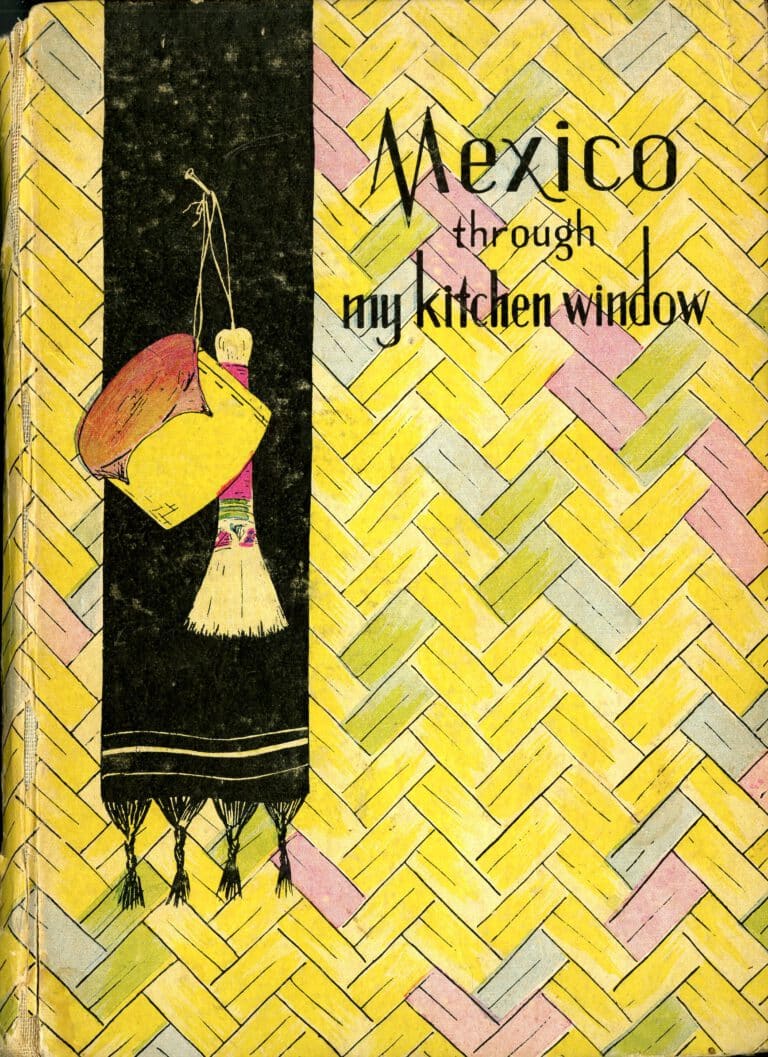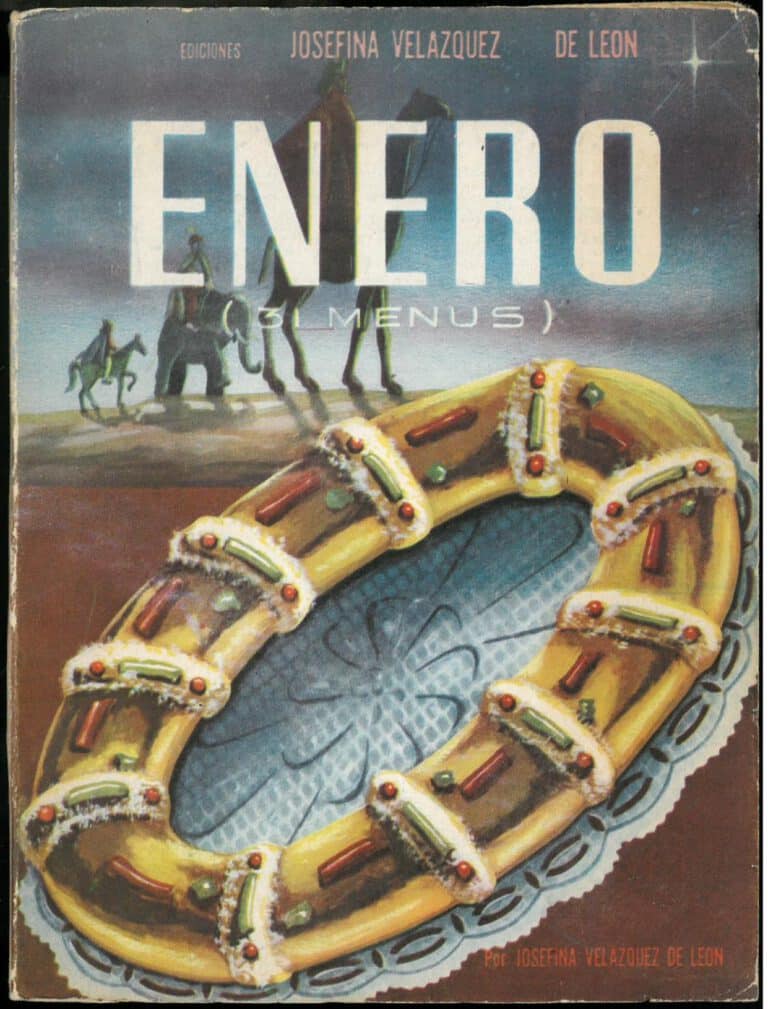La Cocina de La Vasconia (194?)
La Cocina de la Vasconia. Mexico, D.F.: Industrias La Vasconia, [194?]. [TX716.M4 C628 1940z]
The second edition of La Cocina de la Vasconia was published in the 1940s by the aluminum cookware company La Vasconia. The book opens with a brief preface, promising “una selección de las mejores recetas de cocina, escogidas de entre los más afamados tratados culinarios del mundo con la garantía de que dichas recetas han sido antes probadas en los diferentes utensilios de cocina que fabrica La Vasconia” (a selection of the best recipes, chosen from the most famous culinary methods in the world, guaranteed to have been tried with La Vasconia’s products). The opening pages include a table of measuring equivalencies, a glossary of culinary terms, and charts of the cuts of meat on cattle, sheep, and pigs. The recipes cover most of the usual bases, with sections on soups and broths, pottage, eggs and omelets, rice dishes, salsas, vegetables and salads, seafood, poultry, meat, and desserts.
One detail of UTSA Special Collections’ copy of La Cocina de la Vasconia is a little unusual. If you open up the front cover…
…you’ll see not the title page or preface, but the last page of the index, upside down!
How did this happen? Well, although it is common to talk about a book’s “binding,” in technical terms, most later 19th and 20th century hardbacks are “cased,” not bound. In traditional hand binding, the text block was sewn onto supports, which were then laced into (or glued onto) the front and back boards (covers) of the book, after which the whole could be covered with leather and decorated.
Over the course of the 19th century, as literacy rates and book production grew, the case-bound method was developed and widely adopoted. Case-binding was sort of like the Ford Model T of book production. Using this method, given the standard measurements of the expected text block, a case consisting of front and back boards and a spine could be cut, assembled, and covered (with cloth, leather, or paper), without ever coming into contact with the text block until the last step of the process when the text block was glued into the case.
Completely separating the process of sewing the text block from that of preparing the covers allowed publishers to quickly issue a large volume of books to a rapidly growing population of readers. But every once in awhile, when someone was daydreaming or a machine mis-fed, one finds books that don’t quite fit properly into their cases, or, like this one, are glued in upside down.
So that’s the story of La Cocina de la Vasconia’s front (and back) cover. Next week, we’ll dive inside and share a few of La Vasconia’s recipes.

![Front cover of La Cocina de la Vasconia [194?]](https://lacocina.utsa.edu/wp-content/uploads/2012/05/txsau-tx716-m4-c628-1940z-vasconia-cover.jpg?w=778)
![Inside the front cover of La Cocina de la Vasconia [194?]](https://lacocina.utsa.edu/wp-content/uploads/2012/05/txsau-tx716-m4-c628-1940z-vasconia-inside.jpg?w=1024)



![México: Tierra de Antojitos [1960s].](https://lacocina.utsa.edu/wp-content/uploads/2013/06/txsau-tx716-m4-w338-1960-insert_001-768x1052.jpg)
